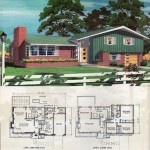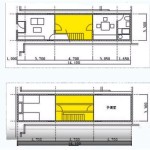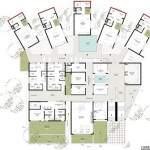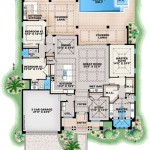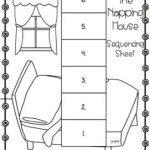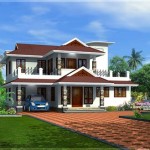Strawbale House Plans: Essential Aspects for Building a Sustainable Home
Strawbale construction is an ancient building technique that has been gaining popularity in recent years due to its sustainability, energy efficiency, and affordability. Strawbale homes are made from bales of straw that are stacked and plastered to create walls. They offer several unique advantages over conventional building materials, making them a compelling choice for eco-conscious homeowners.
Environmental Sustainability
Straw is a renewable resource that is abundantly available and requires minimal processing, reducing the environmental impact of construction. Strawbale homes have excellent insulation properties, which can significantly reduce energy consumption for heating and cooling. Additionally, the straw absorbs carbon dioxide, further contributing to the home's sustainability.
Energy Efficiency
The thick walls of a strawbale house provide exceptional insulation, reducing heat loss and gain. This can result in significant energy savings and lower utility bills. Strawbale homes also have high thermal mass, which means they absorb and release heat slowly, helping to maintain a comfortable indoor temperature year-round.
Cost-Effectiveness
Straw is a relatively inexpensive building material, making strawbale construction an affordable option. The labor costs associated with building a strawbale home are also generally lower than for conventional construction methods. Additionally, the energy savings over the life of the home can offset the initial investment costs.
Durability and Safety
Strawbale homes are surprisingly durable and resistant to fire, pests, and mold. The plaster coating applied to the bales protects them from moisture and fire, while the straw's natural insulating properties help to prevent condensation and mold growth. Proper design and construction ensure that strawbale homes can withstand harsh weather conditions.
Structural Considerations
The design of a strawbale house requires careful attention to structural stability. Straw bales are not load-bearing, so the walls must be supported by a frame or other structural system. Engineers and architects experienced in strawbale construction can ensure that the home is safe and structurally sound.
Planning and Design
Before embarking on a strawbale construction project, it is essential to have a well-conceived plan and design. This includes considering the site conditions, the orientation of the home to maximize solar gain, and the local building codes and regulations. Working with an experienced designer and builder can help ensure that the home meets all necessary requirements.
Conclusion
Strawbale house plans offer a sustainable, energy-efficient, and affordable alternative to conventional construction methods. With careful planning and design, strawbale homes can provide comfortable, durable, and environmentally friendly living spaces for generations to come.

Straw Bale House Plans For A Country Style 3 Bedroom Home

Plans For Organicforms Design

Straw Bale House Plans Small 4 Bedroom W Unique Features

Free Open Source Strawbale House Design Natural Building Blog

Straw Bale House Plan Unique Plans

The Case For Straw Bale Houses Fine Homebuilding

Straw Bale House Plans With 1 Level 2 Separated Bedrooms

Designing And Self Building An Affordable Straw Bale House Planning Help

Pin On Straw Bale House Loft Railing Via

Straw Bale House Plan From Balewatch Com Tiny Plans

